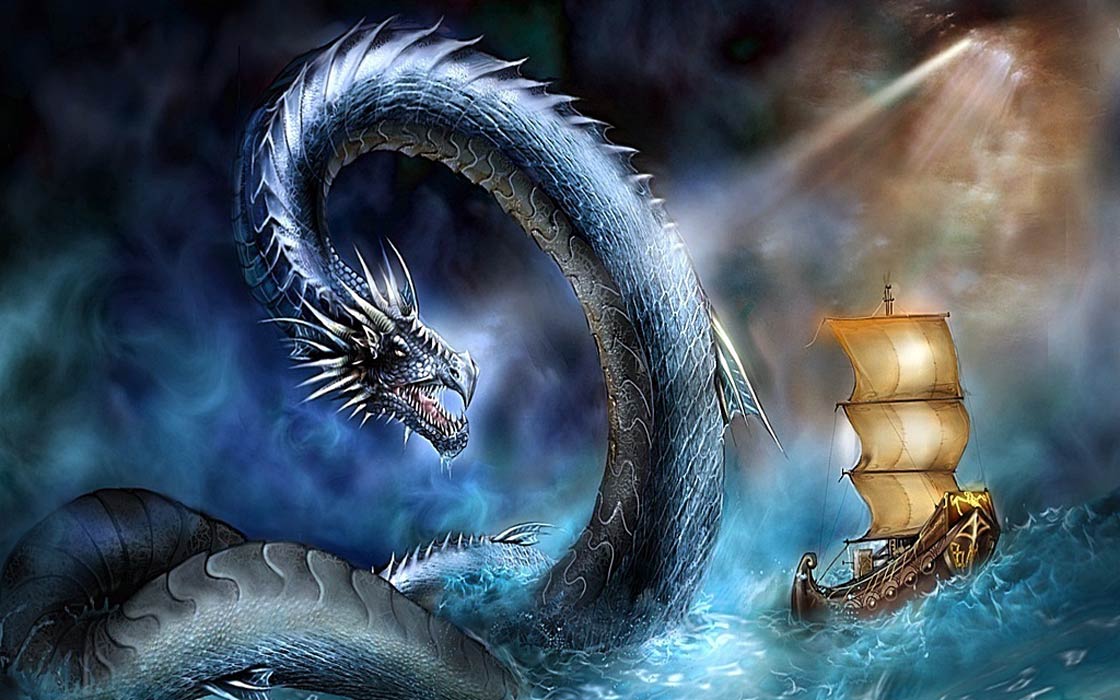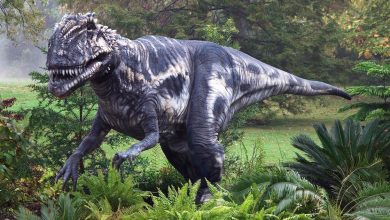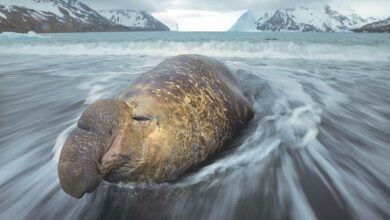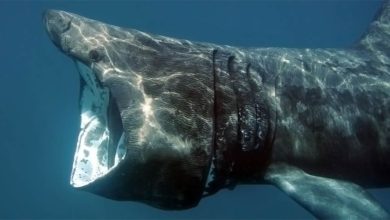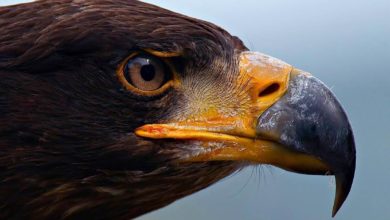Heuvelmans’ sea snakes
Creatures known as sea snakes have been observed for hundreds of years. Some scholars, using the fact that we know little about what is happening in the depths, have argued that in fact huge animals unknown to science may live there. One of such people was Bernard Heuvelmans, who decided to deal with this topic in a scientific way.
There are over 1,200 documented sightings of huge sea snakes. While most are believed to be unreliable and intended only to create a sensation, a small portion is testimony from reputable people, often scientists. Therefore, despite the lack of unequivocal evidence of the existence of sea snakes, these accounts could not be unequivocally considered inventions or legends. However, scholars did not want to go into the subject, for fear of losing their reputation and not wanting to deal with the creatures of stories and legends – until there was an exception.
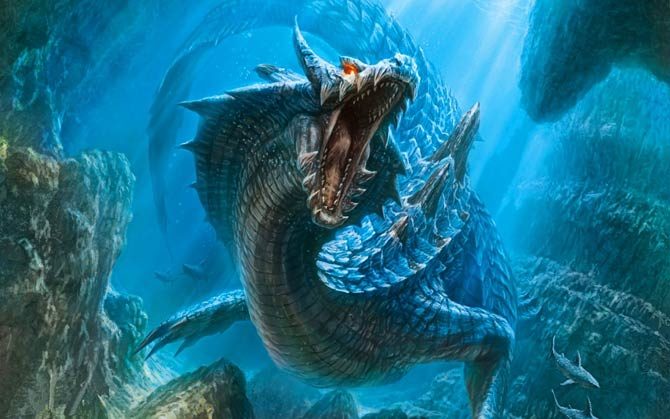
Heuvelmans – the father of cryptozoology
Bernard Heuvelmans was French by birth, and was raised and educated in Belgium. There he did a doctorate in zoology. In it, he dealt with the aardvark’s teeth, which the scientists of the time considered impossible to describe scientifically correct – of course he was successful. His scientific career may have been different, but one time he read an article by Ivan Sanderson in a newspaper that in remote parts of the Earth, animals considered extinct may have survived (“Track of Unknown Animals” (originally published in French in 1955 as “Sur la Piste des Bêtes Ignorées “).
Heuvelmans was intrigued by this idea. Since then, he has devoted himself to searching for evidence for the existence of animals unknown to science, while analyzing the reports published so far about them. Although some scientists ridiculed him for his boundless belief in the existence of cryptids, many representatives of the scientific world respected him for dealing with such a difficult topic, as well as for the possibly rational approach to the subject and a scientific attempt to explain many reports about mysterious animals.
The scholar dealt with many issues. He was most famous for his book “On the trail of unknown animals” (Sur la Piste des Bêtes Ignorées, 1958), in which he published credible accounts of creatures such as Mokele-mbembe, Yeti, Bigfoot or Nandi bear. A lesser-known book of his is “In the Wake of the Sea Serpents” (1968), in which he made – as far as possible, taking into account the state of knowledge at the time – a scientific description of mysterious, huge animals seen by sailors through the ages.
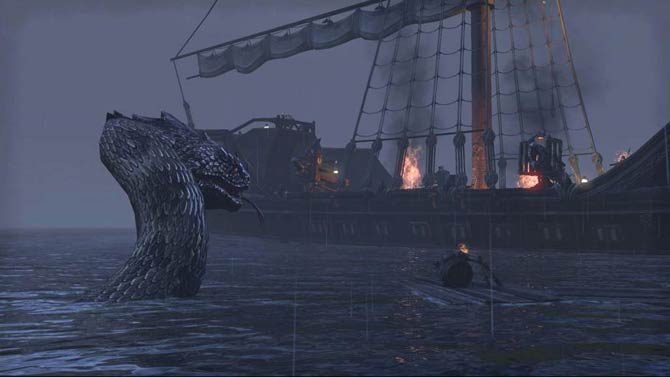
Sea snakes
XVI century
The ancient descriptions of sea monsters can be explained by superstitions and the fear of seafarers of the unknown and generally low state of knowledge. However, some accounts were surprisingly accurate. For example, the 16th century Swedish clergyman Olaf Magnus wrote the book “Carta Marina” in which he included information about several sea serpents. Many other chroniclers also mentioned the monsters swimming in the seas surrounding the Scandinavian Peninsula, noting that the local population took their existence for granted.
XVIII century
Relationships began to multiply after the end of the 18th century, as science grew stronger and scholars traveled and described the world. These people wrote accurate journals of their journeys and mentioned animals as yet unknown, as did the captains of ships. In this way, some cases of sightings of sea serpents became high-profile and considered fully reliable. For example, during the US Revolutionary War, the crew of the “Protector” fired at a sea serpent.
So many sightings of the mysterious large animal have been made in Glouchester Bay that the London Linne Society has investigated the case to describe the alleged monster. On the other hand, in Cadboro Bay, off the coast of Canada, a huge animal, which even received the Latin name Cadborosaurus willsi, has been seen many times.
XIX century
One of the most famous cases was when the frigate HMS Daedalus met the sea serpent. It happened on August 6, 1848, near the Cape of Good Hope. The entire crew, including the captain, claimed to have seen an unknown animal swimming parallel with the ship. She also gave a detailed description on the basis of which the appearance of the monster could be recreated.
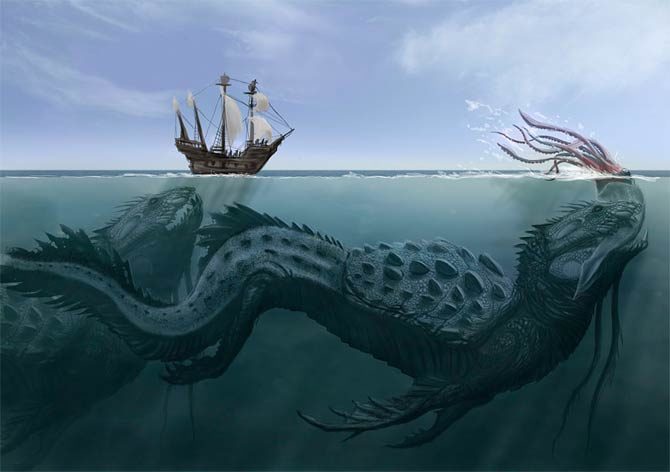
Systematics of sea snakes
Scientific approach
Heuvelmans approached the subject as rationally as possible. In his book “In the Wake of the Sea-Serpents,” he made 587 notable accounts of encounters with unidentified animals. Some of them he rejected as unbelievable, some he regarded as meetings with known animals. He considered 358 accounts to be reliable observations of creatures unknown to science.
While analyzing the descriptions, he noticed that many independent descriptions were surprisingly similar to each other. So he concluded that several species of animals were actually called “sea serpents”. Heuvelmans even gave Latin names to those of which he had no doubt about their existence – he distinguished five of them.
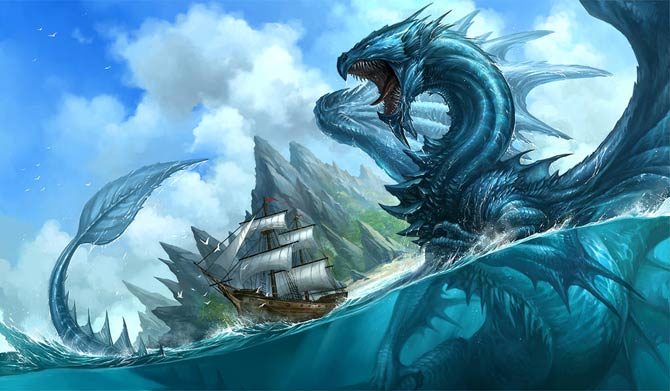
Long-necked snake (Megalotaria longicallis)
Snake with a long neck (Megalotaria longicallis) – a creature approx. 20 m long with a silhouette similar to a huge sea lion. Contrary to the name, it is probably supposed to be a mammal. Heuvelmans stated that he was definitely seen 48 times. The scientist explained the differences in, for example, the color or length of the neck with changes related to age or individual differences.
Sea horse (Halshippus olai-magni)
Olaus Magnus’ sea horse (Halshippus olai-magni) – it is supposed to be an animal related to seals, with a horse-like head covered with hair and a mane on its back. According to Heuvelmans, it was this creature that was described in the chronicles by Olaf Magnus and the crew of “Daedalus” saw it. In total, he was certainly seen 37 times.
Super-otter (Hyperhydra egedei)
The super-otter (Hyperhydra egedei) is a large (19-30 m long) sea otter. It was supposed to be seen 19 times.
Many humped snake (Plurigibbosus novae-angliae)
Many humped snake (Plurigibbosus novae-angliae) – an animal that is probably a whale, with a series of humps on its back and a horizontal tail fin. He was seen 33 times.
Multi-finned fish (Cetiscolopendra aelani)
Multi-finned fish (Cetiscolopendra aelani) – an animal with unclear systematic affiliation, with a short neck and many fin-like appendages. The body is divided into segments and covered with armor or scales. He was seen 20 times.
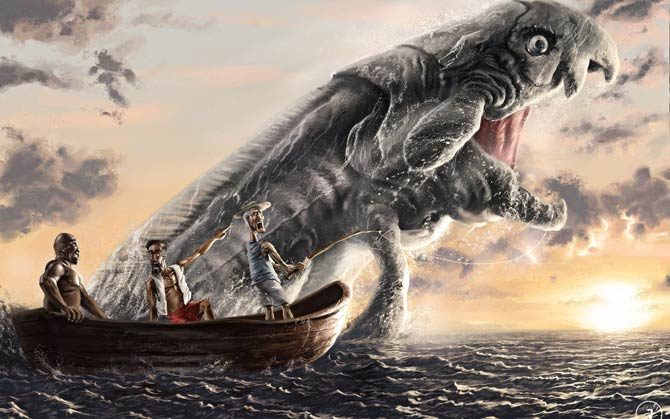
Other animals
In addition, Heuvelmans listed four more animals which he thought might be known to be large or poorly described:
- Super eel (12 observations)
- Sea crocodile (4 observations)
- Yellow-Bellied – an animal with a light tadpole-shaped belly, seen 3 times
- A huge sea turtle, called “the father of all turtles” (4 unreliable accounts)
The scientist noted that some animals (including the super otter and the multifins) went unobserved at some point, which could mean they have become extinct or very rare.

What was really seen?
Sea snakes have been seen many times, and the captains of the ships themselves signed reports on this subject. These people are unlikely to put untested information in their logs, nor risk losing credibility. There is therefore no doubt that the observations did take place. Heuvelmans had no doubt that animals unknown to science had been seen. Or maybe there is another explanation?
Today it is already known that there are animals living in the sea depths (e.g. giant squid) that until recently only existed in legends or were not known about them at all. It happened that the already dead body of such an animal surfaced. A corpse of enormous size and of an unusual shape, additionally agitated by waves, could take the form of a sea serpent in the eyes of observers.
It is worth adding that tissue breakdown can completely change the appearance of an animal. There are known cases of catching decomposing carcasses of sharks and cetaceans that did not resemble a known fish at all, but rather a giant lizard or even a mammal.
This, however, does not explain the accounts of actively moving animals. In this case, known species of animals were probably seen, mainly cetaceans, basking shark and whale sharks, as well as fish of the Regalecidae family, reaching up to 4 m in length, or giant squid appearing close to the surface. From the deck of the ship, even a school of fish swimming close together gives the impression of one large animal, and even experienced sailors may be under the illusion that they are seeing an unknown creature.
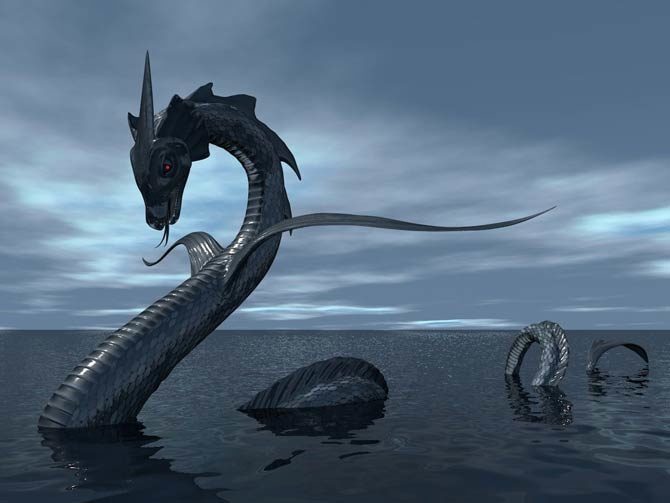
Hairy snakes?
What about the hair information of many observed sea snakes? In some cases, it could have been seaweed that settled on the head and back of a known animal, giving it an unusual shape.
In addition, from sea animals, hair has pinnipeds – according to skeptics, many alleged sea snakes are them, mainly sea lions and walruses. Many seamen and ship passengers rarely have the opportunity to see these animals on the high seas, since their silhouette is completely different from the massive, clunky body known from photos taken ashore.
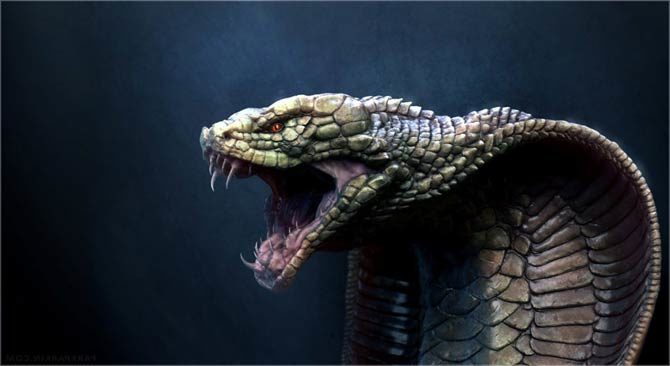
The size of sea snakes
There is also the question of size. At sea, where there are no benchmarks, the size of an animal is very difficult to judge. The size of the observed object usually becomes too high. Sometimes it is also a desire to arouse sensation or acting under the influence of strong emotions – that’s why in the stories of fishermen and hunters, animals are often larger than they really are. Besides, the rippling of the water and the reflection of the sun’s rays can distort the image and make a known animal appear to be a monster unknown to science.
The fact that the observations of sea snakes have a rational explanation may be proved by the fact that most of them were made in the 19th and early 20th centuries, when, admittedly, rationalism reigned in the world and science was developing intensively. Nevertheless, science did not yet have the information and the means of disseminating it as we know it today.
Currently, there are practically no credible sightings of sea snakes, which proves that people know much better what they actually see. However, enthusiasts are not easily convinced – they claim that in the depths, which we know poorly, animals may live unknown to science. The fact that they are rarely seen may be related to noise and environmental pollution.
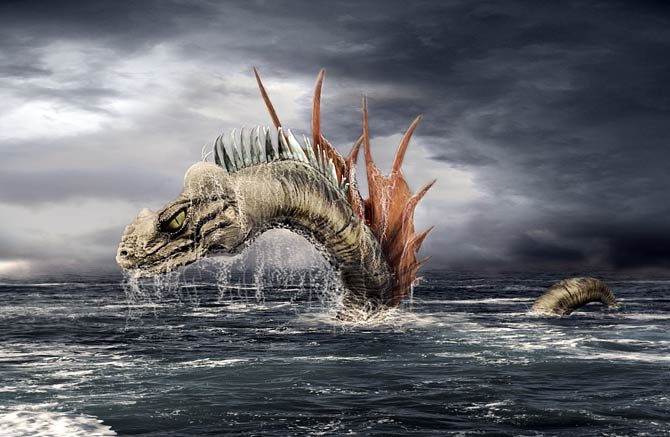
Interesting facts
- One of the lesser-known novels by Jules Verne is “The Sea Serpent: The Yarns of Jean Marie Cabidoulin”. It tells about the crew of a whaling ship repeatedly in contact with sea serpents, and one of the crew members tries to find a rational explanation for these observations.
- According to Heuvelmans, the famous Loch Ness monster is a representative of the alleged species of long-necked snake.
- The chronicles contain information about the “sea bishop” – a monster caught off the Baltic coast in the 16th century, which even found its way to the court of the Polish king. Today it is believed that it was a large fish of the genus Rhinobatos.
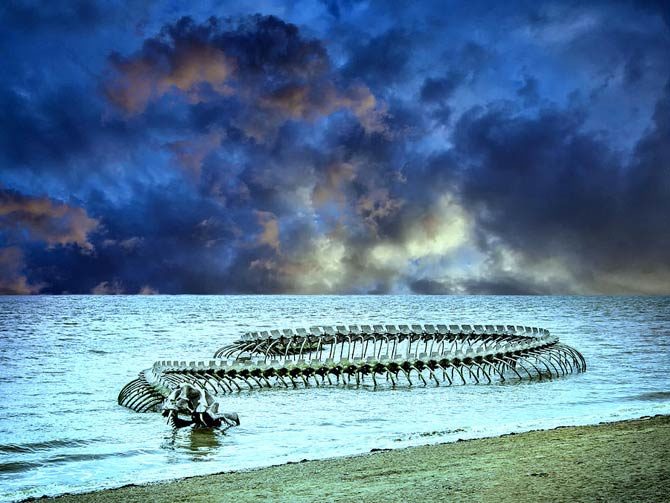
Recommended
- Cryptozoology
- King Kong
- Godzilla
- Dragons
- Loch Ness monster
- Minnesota Iceman
- Yeti
- Bigfoot (Sasquatch)
- Yowie
- Alma
- Mokele-mbembe
- Beast of Gévaudan
- Orang Pendek
- Marozi
- Nadi Bear
- Aboriginal Rainbow Serpent
- Dyatlov Pass incident
- Tsavo lions
- Leopard of Panar
- Champawat Tiger
- Kesagake – a vengeful bear
- Crocodile Gustave
- Man-eaters
- Animal records

